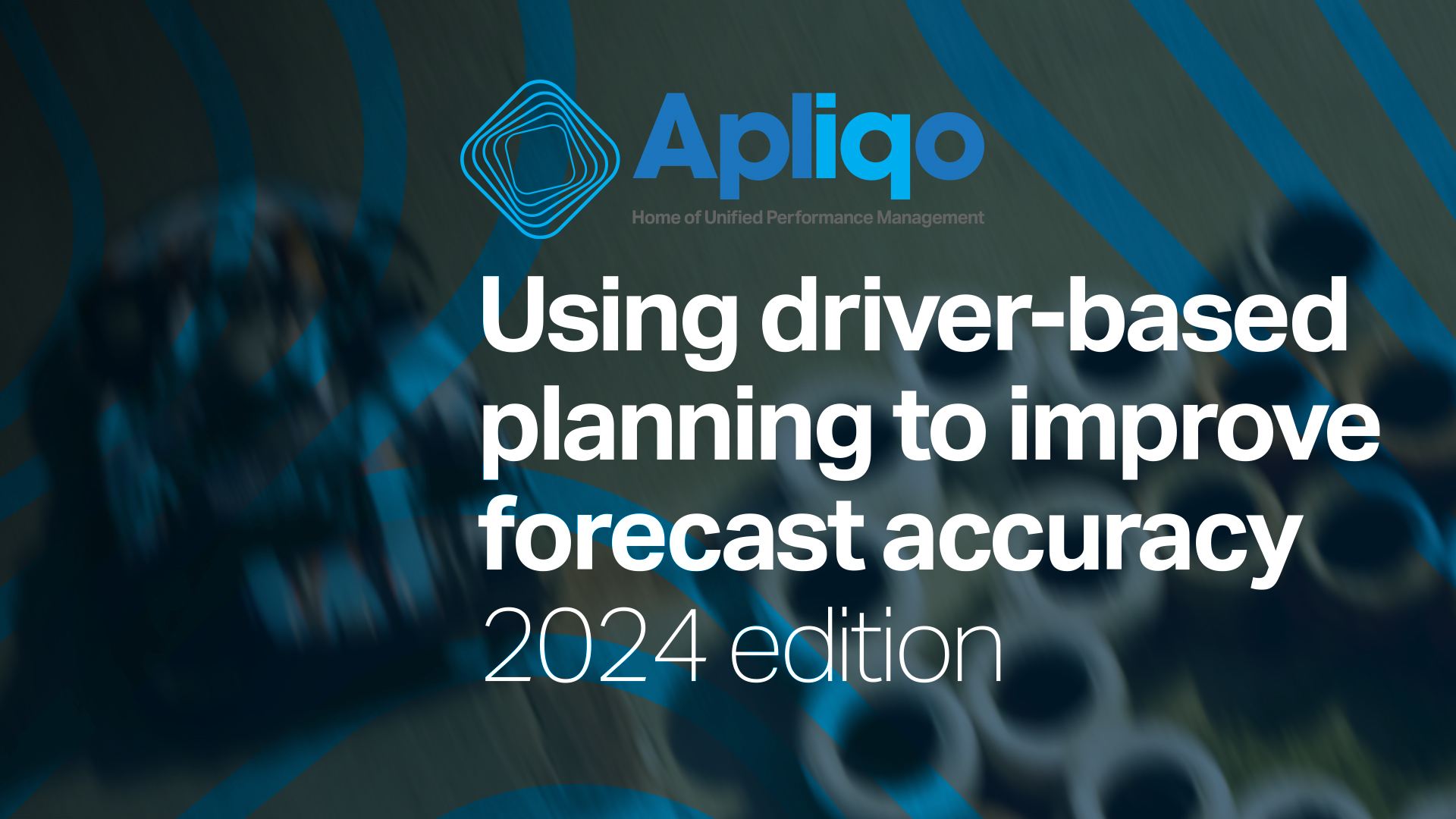In order to drive real value for an organization, FP&A needs to ditch its traditional accounting role for a seat at the executive table. Rather than just crunching numbers and producing obligatory finance statements, companies are counting on their finance teams to drive value by informing key strategic decision-making.
Unfortunately, many financial professionals and teams are still held back by manual taskwork, data silos, disjunct financial processes, and “the accounting mindset.” In order for your finance organization to take on the role of business partner, a profound transformation of your processes, technology, and philosophy are necessary.
In this article, we’ll shine a spotlight on Unified Performance Management; a methodology that unites strategic, financial, and operational planning into one coherent loop so your finance team can focus on driving real value for your company.
Reality check: The accounting mindset, Excel hell, and siloed data
“Most organizations are still stuck in ‘the age of performance darkness’; rather than getting real insight into their performance and using that to execute their strategy, most companies are still stuck trying to get data out of their ERP systems and building soon-to-break reports in Excel.”
– Daniele Tedesco, CEO, Apliqo
While companies need their FP&A teams to become business partners, few are able to make this transition happen. Instead, the reality for most finance organizations sounds something like this:
- “We spend most of our time compiling data that is spread across different departments.”
- “Our planning and budgeting processes take up too many resources and drive little-to-no value.”
- “We measure and report on everything.”
- “Our plans and budgets are repetitive.”
- “We’re not able to adapt to market or business changes in a timely manner.”
- “Our plans and budgets feel isolated.”
- “We’re constantly creating finance statements rather than business statements.”
- “Our work is focused on measuring performance rather than driving strategic decisions.”
There are many reasons why this is, but arguably the biggest driver of disjunct, traditional financial models is “the accounting mindset.”
At its core, the accounting mindset is the failure to recognize FP&A for what it is (or should be); a core driver of company strategy and decision making. It’s what keeps finance professionals trapped in Excel pumping out mandatory finance statements, rather than focusing on value-added activities that identify the key drivers of the business and help company executives steer the company ship in the right direction.
“We don’t often think in finance that we are serving a set of clients,” says Jack Alexander. In fact, FP&A has traditionally been very detached from the strategic decision-making process and instead remained focused on reporting past trends and trying to predict future performance.
“However, FP&A has always been a key value-add activity in finance and organizations as a whole,” says Jack. “In my experience, enforcing a service mindset will launch your FP&A into a new level where you’re more collaborative with your entire organization.”
Understanding that the role of finance at your company is about informing key business decisions rather than just reporting on the past is key to beating the accounting mindset and becoming the business partner your organization so desperately needs you to be.
Looking to the future with Unified Performance Management
“Unified Performance Management is the result of lifting the shackles of the accounting mindset. It breaks open silos and unifies data, gets your team out of Excel, and frees up communication between finance and the rest of the organization. By integrating your entire FP&A operation, UPM is the road to becoming a finance business partner.”
– Daniele Tedesco, CEO, Apliqo
Unified Performance Management is a holistic approach to FP&A that frees up resources and unifies normally disjunct planning functions to give you a clear view of your organization, its key drivers, and its performance.
Regardless of the size of your organization or the complexity of its operations, UPM helps align data and automate planning/reporting processes. By adopting a unified FP&A model, your finance organization can free up resources previously spent on tedious tasks such as gathering data and compiling spreadsheets.
But what does a unified performance model look like? For us, it consists of 4 central pillars:
- Strategic Performance – short and long-term strategies that drive your company exactly where it wants to go.
- Financial Performance – profound financial data presented in ways that paint a clear picture of the health of your company.
- Operational Performance – streamlined workflows to help steer the company ship in the right direction.
- Financial Consolidation – regulated and efficient consolidation & close processes.
What separates FP&A business partners and regular finance analysts is a clear vision of the company’s key drivers and strategy and the insight to find creative ways to improve them.
By realizing the importance of your financial services and adopting a unified FP&A model, you and your team can finally step up to the company table as a value-driving finance business partner.
For a detailed look at UPM, read our White Paper here and bookmark the Apliqo blog for more tips on how to revolutionize your FP&A processes.







